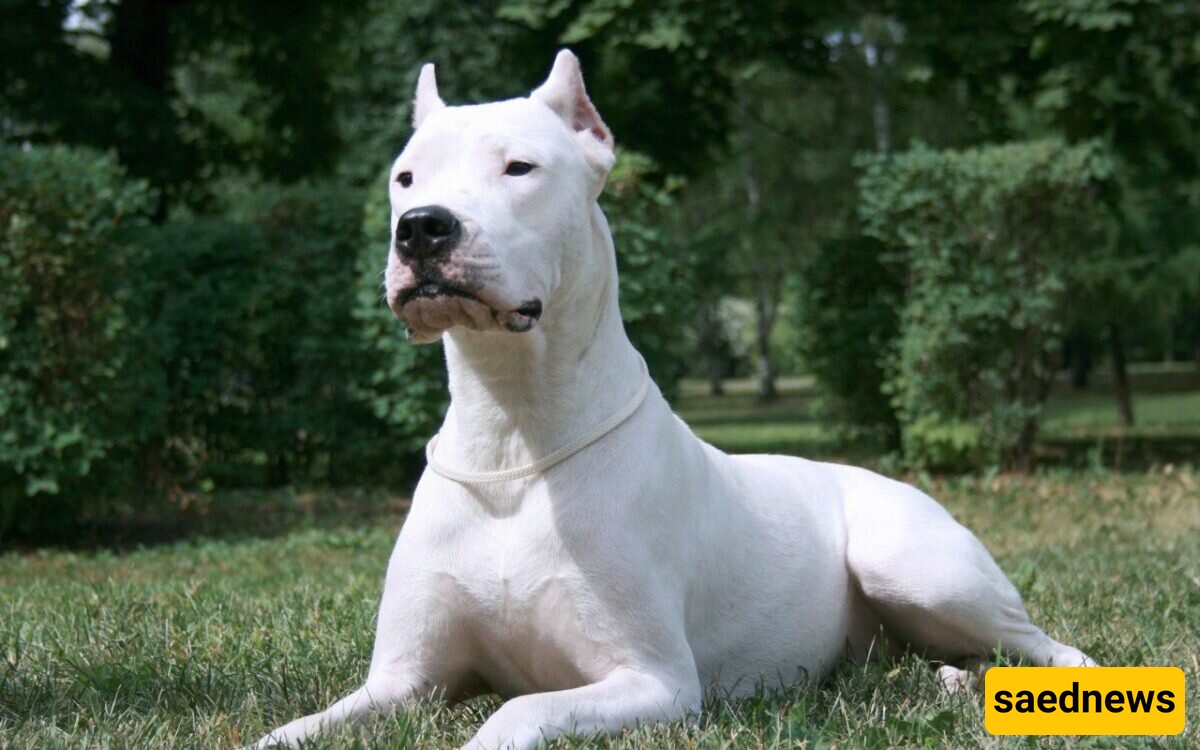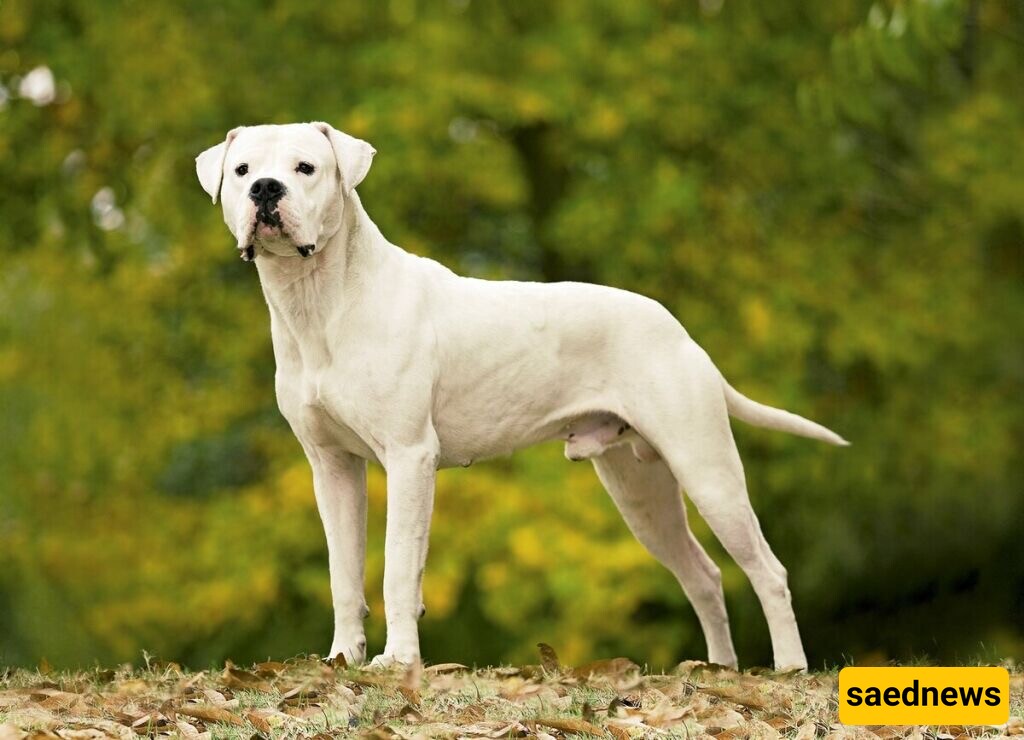The Dogo Argentino is a hunting dog bred for tracking large game such as wild boars and pumas. In this article, we will explore more about this fascinating breed.

The Dogo Argentino, also known as the Argentine Mastiff, is a hunting dog capable of taking down large prey like pumas and wild boars. This muscular, large-breed dog has a broad chest, a large round head, and powerful jaws with well-aligned teeth. Despite its strong hunting instincts, the Dogo Argentino is also a loyal and affectionate companion for its owner and family.
The Dogo Argentino originates from the Córdoba province in central Argentina. In 1982, Dr. Antonio Nores Martínez, a well-known physician and avid dog enthusiast, began developing this breed. He crossbred the fierce Córdoba fighting dog with several other breeds and, after extensive research and selective breeding, successfully created the Dogo Argentino.
Initially bred for dog fighting, the breed's exceptional hunting skills led Dr. Nores to use it for big-game hunting. Over time, the Dogo Argentino became known for its endurance, bravery, and sharp sense of smell, making it one of the best breeds for hunting mountain lions and wild boars across Argentina’s vast landscapes. In 1973, the Fédération Cynologique Internationale (FCI) officially recognized the Dogo Argentino as Argentina’s first and only native breed, thanks to the efforts of Dr. Agustín Nores, Antonio’s brother.
The Dogo Argentino has a large yet well-proportioned head. Its muzzle is slightly concave, with small folds of skin at the front. The breed has wide-set, small eyes and well-spaced, erect ears. Its body is rectangular with a strong torso and curved ribs, giving it a powerful and athletic appearance.
This breed is known for being affectionate and loyal. Dogos are excellent guard dogs, naturally protective of their owners, families, and even children. However, they can be stubborn at times. They require a lot of daily exercise and mental stimulation to stay happy and well-behaved. Highly intelligent and alert, the Dogo Argentino is always aware of its surroundings.
The nutritional needs of a Dogo Argentino depend on its size and life stage. Many dog food manufacturers offer breed-specific formulas for small, medium, large, and giant breeds. Since the Dogo Argentino is a large breed, selecting the right diet in consultation with a veterinarian or breeder is essential. Fresh, clean water should always be available.

Besides regular weekly brushing, occasional baths help keep the Dogo Argentino looking clean. Grooming is also an excellent bonding activity between the dog and its owner. Their fast-growing, strong nails should be trimmed regularly to prevent overgrowth, splitting, or cracking. Their ears should also be checked frequently to avoid wax buildup or infections, and their teeth should be brushed regularly for optimal dental health.
The Dogo Argentino requires plenty of exercise to stay fit and mentally stimulated. This can include backyard playtime (ideally in a fenced area), multiple daily walks, or interactive indoor activities such as hide-and-seek or fetch. Outdoor activities like swimming, hiking, and frisbee can also help burn excess energy. Additionally, training for dog sports such as agility, obedience, and rally competitions can be an excellent way to keep the breed engaged.
Early training and socialization are crucial for the Dogo Argentino to develop good behavior around people and other animals. A well-trained Dogo can accompany its owner to walks or even social outings like cafés without any issues.
When properly trained, this breed gets along well with children. However, children should be taught how to interact with the dog respectfully. If a Dogo Argentino is raised with a child from an early age, they often form a strong bond. However, it is always best not to leave a Dogo Argentino alone with small children, as they are large and powerful dogs. Additionally, they can be possessive of their food, so children should be taught not to disturb them while eating.
Dogos typically do not get along well with other pets, especially smaller animals. However, if they are socialized from a young age and raised with other animals, they may coexist peacefully.
Although generally robust, the Dogo Argentino is prone to some health conditions, including:
Hip Dysplasia – A hereditary condition where the thigh bone doesn’t fit properly into the hip joint. Affected dogs may limp or have difficulty walking. While some cases are mild, severe cases require veterinary attention.
Allergies and Sensitivities – Dogos can be sensitive to certain foods and grooming products. Skin reactions often result from improper nutrition or unsuitable shampoos and hygiene products.
Vision Problems – Eye issues may develop in older Dogos (typically around seven years old). Regular eye checkups with a veterinarian are recommended to monitor their vision health.
The Dogo Argentino is a large, highly energetic breed that requires daily exercise to stay balanced and healthy. Due to their high energy levels, they are not suitable for apartment living and are better suited for homes with spacious yards or rural properties. With proper training, care, and socialization, they make excellent companions and reliable working dogs.

